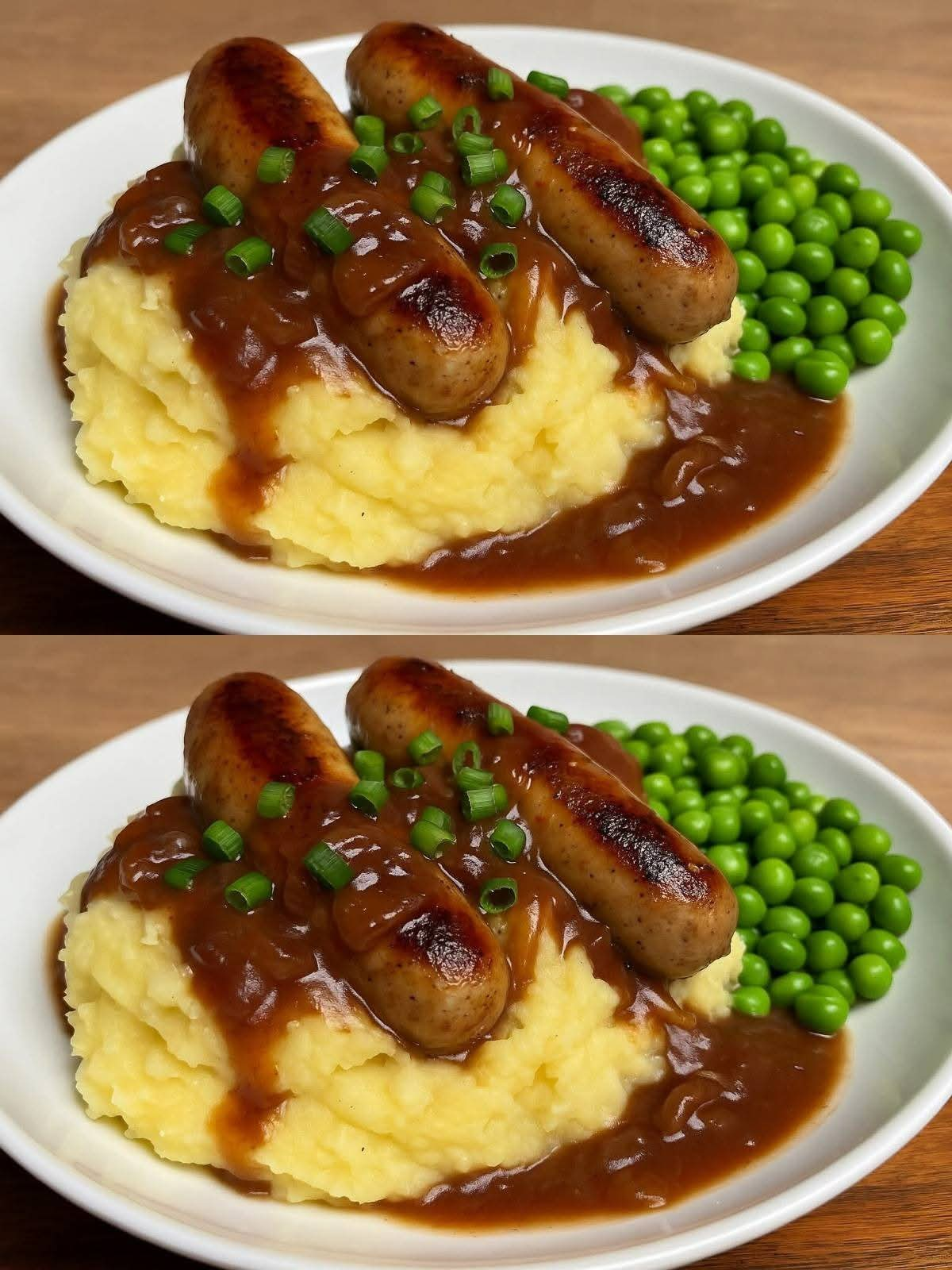🥔 Flavor-Packed Mashed Potatoes 🧈
Mashed potatoes are the **ultimate comfort food**. Creamy. Buttery. Warm. But what if you could make them *deeply* flavorful, too?
The old method (boiling in plain water) leaves the inside of each potato bland. But a simple trick—cooking the potatoes in **chicken or vegetable broth**—infuses flavor from the inside out. One bite, and you’ll never go back.
🔥 Why Boiling Potatoes in Water Falls Flat
Plain water is a neutral medium; it cooks the potatoes but adds zero taste. All the flavor comes afterward, during mashing, meaning you’re playing catch-up with butter and cream. You miss out on layers of savory depth.
🌿 Bonus Upgrade: Keep the Skins On
Leave the peels on for a healthier, more rustic result:
- **More nutrients:** Fiber, potassium, iron, and B vitamins live near the skin.
- **Rustic texture:** Adds subtle chew and visual appeal.
- **Less waste:** Save time peeling — and reduce food scraps.
🧑🍳 Easy Flavor-Packed Mashed Potatoes Recipe
Ingredients (Serves 4–6)
- **2 lbs (900g) Yukon Gold or Russet potatoes**, halved (skin on)
- **3 cups low-sodium chicken or vegetable broth**
- **1 tbsp avocado oil or olive oil** (for rubbing)
- **½ cup whole milk, half-and-half**, or unsweetened plant milk
- **4 tbsp unsalted butter** (or vegan butter)
- **½ tsp salt** (adjust to taste)
- **¼ tsp freshly ground black pepper**
- *Optional:* Minced garlic, chives, sour cream, or roasted garlic
🍳 Instructions
- **Prep the Potatoes:**
Scrub potatoes under running water. Cut in half and rub lightly with oil. - **Boil in Broth:**
Place potatoes in a large pot; **cover with broth** (add water if needed to submerge). Bring to a gentle boil and cook **15–20 minutes**, until fork-tender. - **Reserve Cooking Liquid:**
Drain, **saving about ½ cup of the warm broth** for mashing. - **Mash & Mix:**
Return potatoes to the pot. Add butter, milk, salt, and pepper. Mash until creamy (leave some lumps for rustic style). **Stir in reserved broth as needed** for perfect consistency. - **Serve Warm:**
Top with fresh herbs, extra butter, or grated cheese.
✅ Tips for the Best Results
- **Use Yukon Golds:** Naturally buttery and creamy when mashed.
- **Don’t over-boil:** Mushy potatoes absorb too much liquid—stay tender-crisp.
- **Warm the milk/butter:** Cold dairy makes potatoes gluey—heat slightly first.
- **Taste before salting:** Broth varies in sodium—adjust at the end.
- **Reserve the liquid:** That starchy broth = gold for mashing or soups.
❓ Frequently Asked Questions
- **Can I use store-bought broth?** Yes! Choose **low-sodium** so you can control the salt level.
- **Are potato skins hard to digest?** No—for most people, cooked skins are soft and easy to digest. Remove if preferred.
- **What if I already peeled my potatoes?** No problem—still cook in broth! You’ll lose some fiber, but gain big flavor.
Final Thoughts: Upgrade Your Comfort Food
You don’t need fancy ingredients to transform a humble dish. With one small change—**boiling potatoes in broth instead of water**—you unlock a whole new level of comfort.
Go savory. Keep the skins. Let the flavor build from the start. Because real deliciousness isn’t just in the butter. **It’s in how you begin.**
Would you like to try this recipe for a different type of potato (like sweet potatoes) or would you like another comfort food recipe that uses a similar “flavor-first” technique?
